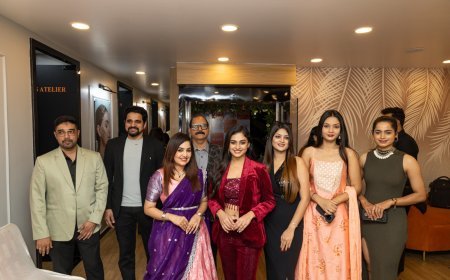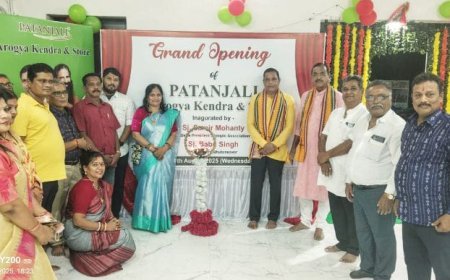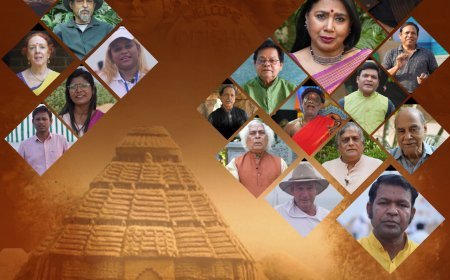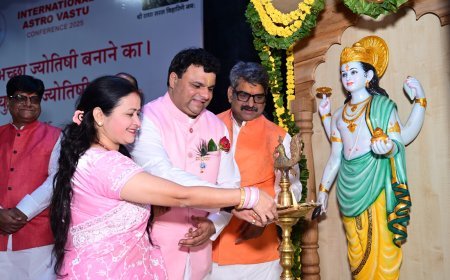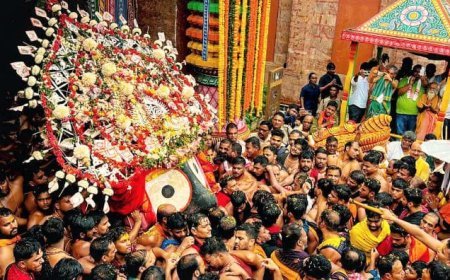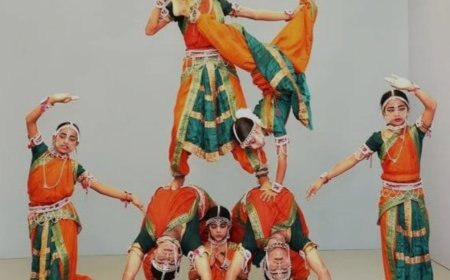"A KALEIDOSCOPE OF COLOURS"
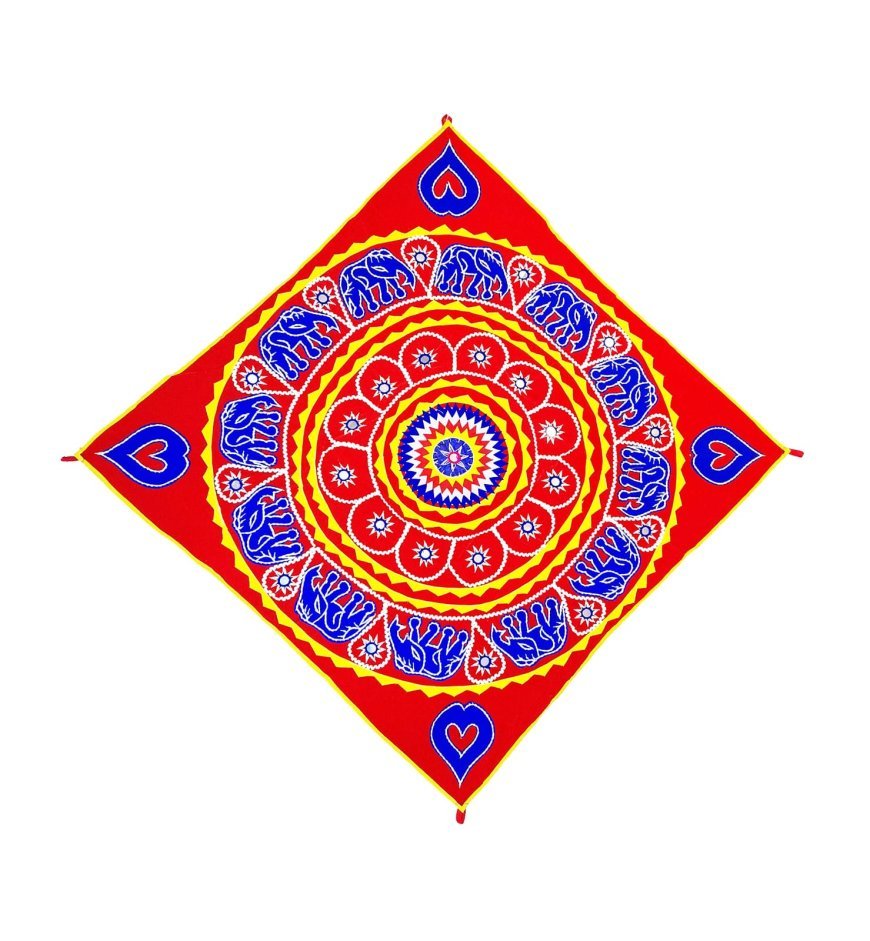
SUSMITA MISHRA
In the annals of Indian heritage, the tapestry of traditional crafts finds a vivid expression in Pipili, a village renowned for its rich, colorful, and artistic handicrafts. Situated a mere 40 km from Bhubaneswar in Odisha, Pipili is a living testament to the ancient patronage of the arts, where kings and rulers once fostered a flourishing community of artisans. The establishment of Pipili by the King of Puri was a visionary act, meant to sustain the exquisite applique work that adorns the revered Jagannath temple of Puri. This craft, known locally as Chandua, is woven into the very fabric of the village's identity and its enduring rituals dedicated to Lord Jagannath, Lord Balabhadra, and Devi Subhadra.
Applique artistry in Pipili involves a meticulous process where vibrant pieces of fabric are cut and expertly sewn onto a base cloth. This foundational technique is elevated with intricate needlework, sequins, and mirrors, creating a kaleidoscope of designs. The artisans employ six distinctive stitching styles: ‘Bakhia,’ ‘Taropa,’ ‘Ganthi,’ ‘Chikana,’ Button Hole, and ‘Ruching.’ Each style imbues the work with a unique texture and visual appeal, often portraying motifs of deities, animals, birds, flowers, and plants.
The lifeblood of Pipili's economy pulses through this craft. Every family member, regardless of gender, contributes to the creation of these stunning pieces. Men typically handle the cutting and machine stitching, laying the groundwork for the applique designs, while women enhance these foundations with detailed needlework, adding sequins and mirrors to bring each piece to life. Originally, this art was the domain of Muslim artisans, but over time, it has become an inclusive tradition practiced by Hindu families as well.
Chandua plays a central role in the ceremonial life of Pipili, especially during the grand processions of the deities. Applique items like the Chhati (umbrella), Tarasa (a heart-shaped applique-covered wooden piece on a pole), and Chandua (an umbrella-shaped canopy) are integral to these rituals. The Jhalar, a decorative frill used as a border for canopies, and the ornate seats, pillows, and ritual dresses for the deities, showcase the craft's ceremonial importance.
While the roots of Pipili applique are deeply embedded in religious and ceremonial contexts, the artisans have evolved their repertoire to include a variety of items for everyday use. Modern creations range from umbrellas and lampshades to cushion covers, bags, and pillow covers, each bearing the distinctive hallmark of Pipili craftsmanship.
One of the most remarkable features of Pipili applique is its durability. These handcrafted items are designed to withstand the harsh elements, making them both practical and beautiful. Unlike traditional applique techniques that repurpose old fabrics, Pipili artisans use fresh, high-quality materials, underscoring the noble purpose and high standards of their craft.
Today, Pipili is not just a village but a vibrant marketplace and a hub of artistic excellence. Its applique crafts have gained international recognition, celebrated for their intricate designs and radiant colors. This global acclaim has fostered sustainable livelihoods for countless artisans, ensuring the preservation and continuation of this cherished tradition. The story of Pipili Chandua is not just about preserving the past; it's about weaving a bright, colorful future that honors and celebrates the enduring spirit of creativity.



